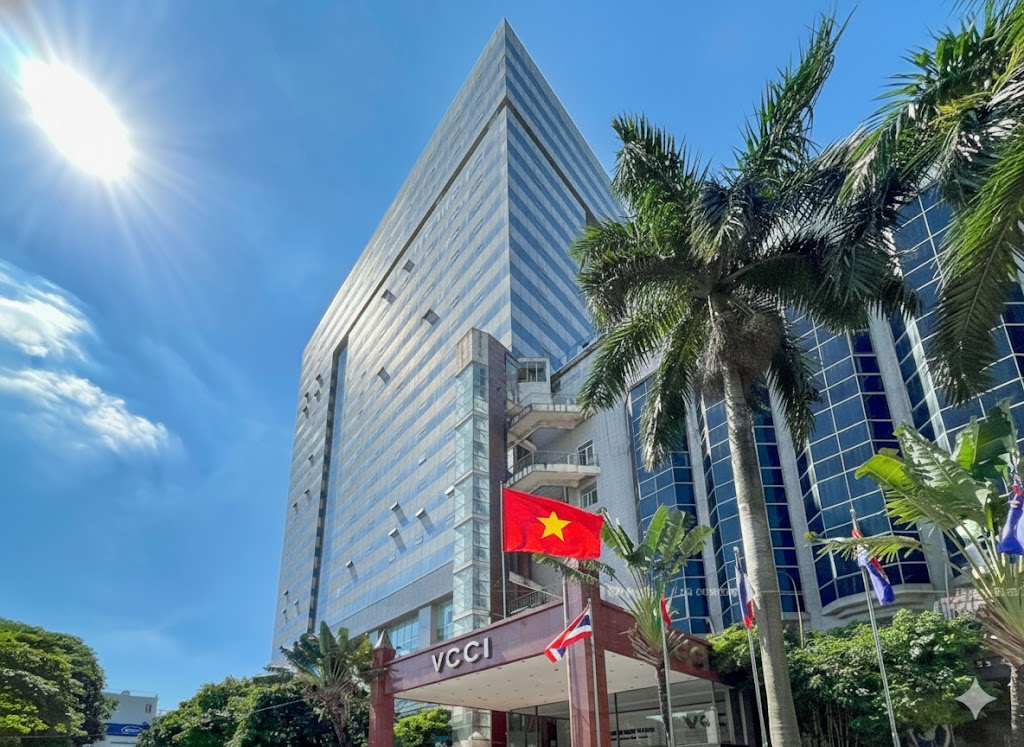ASEAN FDI outlook: It’s a long story
Despite the subdued near-term trade outlook, ASEAN keeps attracting FDI, reaching a record global share of almost 17%, said HSBC.

Much of the flows since the GFC have predominantly gone to Singapore, who alone attracted almost 11% of world’s FDI in 2022.
Since the aftermath of COVID-19, global trade has been suffering from multiple headwinds. A structural shift, with consumers increasingly shifting to services instead of goods, and elevated inflation have squeezed Western wallets weighing heavily on ASEAN exporters. That said, FDI, which reflects investors’ confidence in one economy’s long-term prospects, remains one of the few bright spots in the region. Despite near-term trade downturn, consistent FDI boom will be crucial for the region to climb up the value chain and solidify its significance in global trade.
Over the past 30 years, ASEAN has seen a bounty of FDI, thanks to the region’s enormous growth potential, rising cost effectiveness, countless trade agreements and ongoing structural transformation, to name a few. While the Asian Financial Crisis (AFC) dampened ASEAN’s investment climate, the Global Financial Crisis (GFC) in 2008-09 was a significant catalyst to the region’s FDI boom, as multinational companies searched for investment opportunities in fast-growing and cost-competitive economies.
Total FDI to ASEAN-6 has averaged nearly USD128bn per year during 2010-19, approximately 3x more than the average over the previous decade. Similarly, net FDI averaged nearly USD53bn per annum in the same period, almost 4x the average from the previous decade. In particular, the trend has intensified in the post-COVID-19 era. Total FDI surprisingly rose 45% to around USD185bn on average, with net FDI doubling to USD105bn in a short span period of 2020-22.

Indeed, the share of FDI into ASEAN-6 is a clear reflection of this trend. While ASEAN-6 attracted no more than 6% of the world’s FDI after the AFC, FDI has poured back into the region more substantially after the GFC, jumping to around 8% (except 2011 and 2015-16). In particular, FDI has seen new record highs since the start of the global pandemic.
In 2022, ASEAN-6 attracted almost 17% of world’s FDI, a historical high that indicates the increasing significance of ASEAN among investors. The timing is also not a coincidence. After all, the US-China trade tensions have prompted investors to accelerate supply chain relocations to elsewhere, which ASEAN given its proximity and improving fundamentals, have naturally emerged as an alternative destination.
That said, it is key to note that much of the flows since the GFC have predominantly gone to Singapore, who alone attracted almost 11% of world’s FDI in 2022. As a regional financial centre, the size of Singapore’s inflows is not necessarily comparable to that of other economies.








